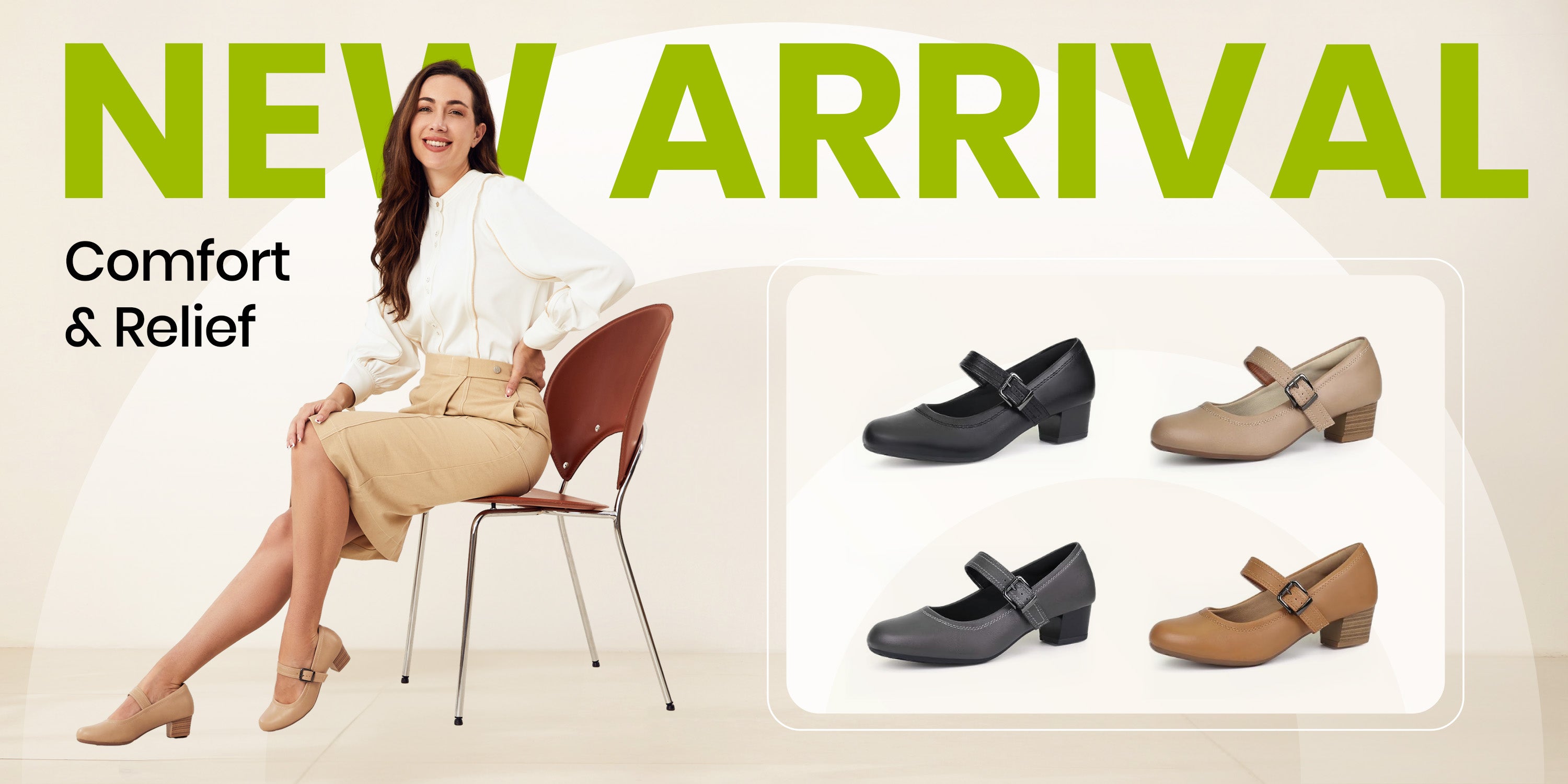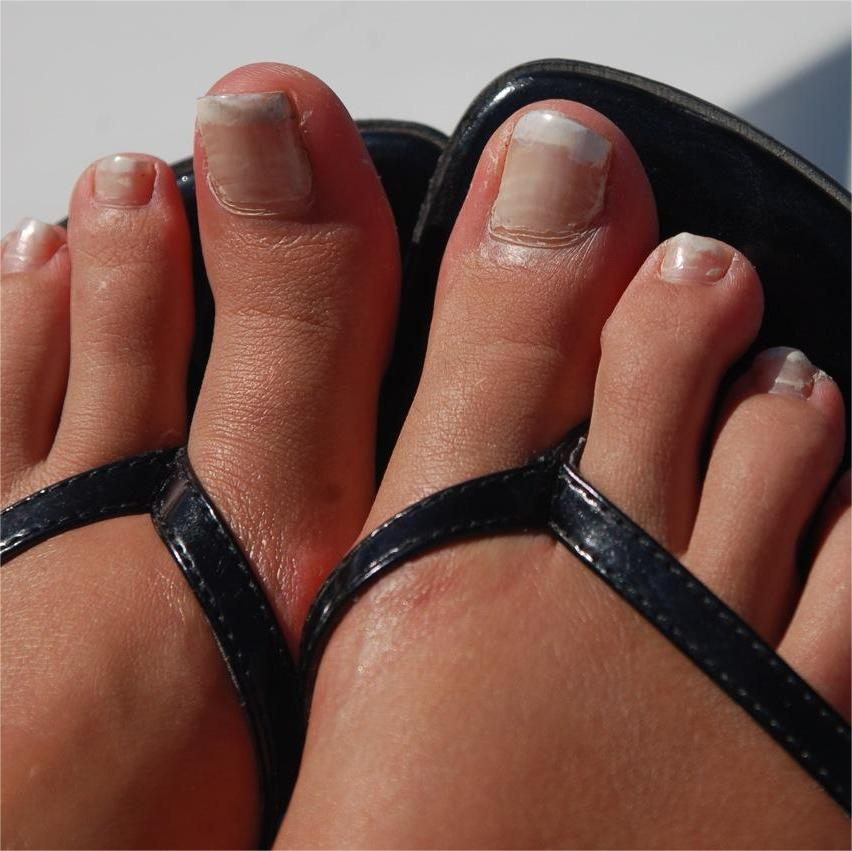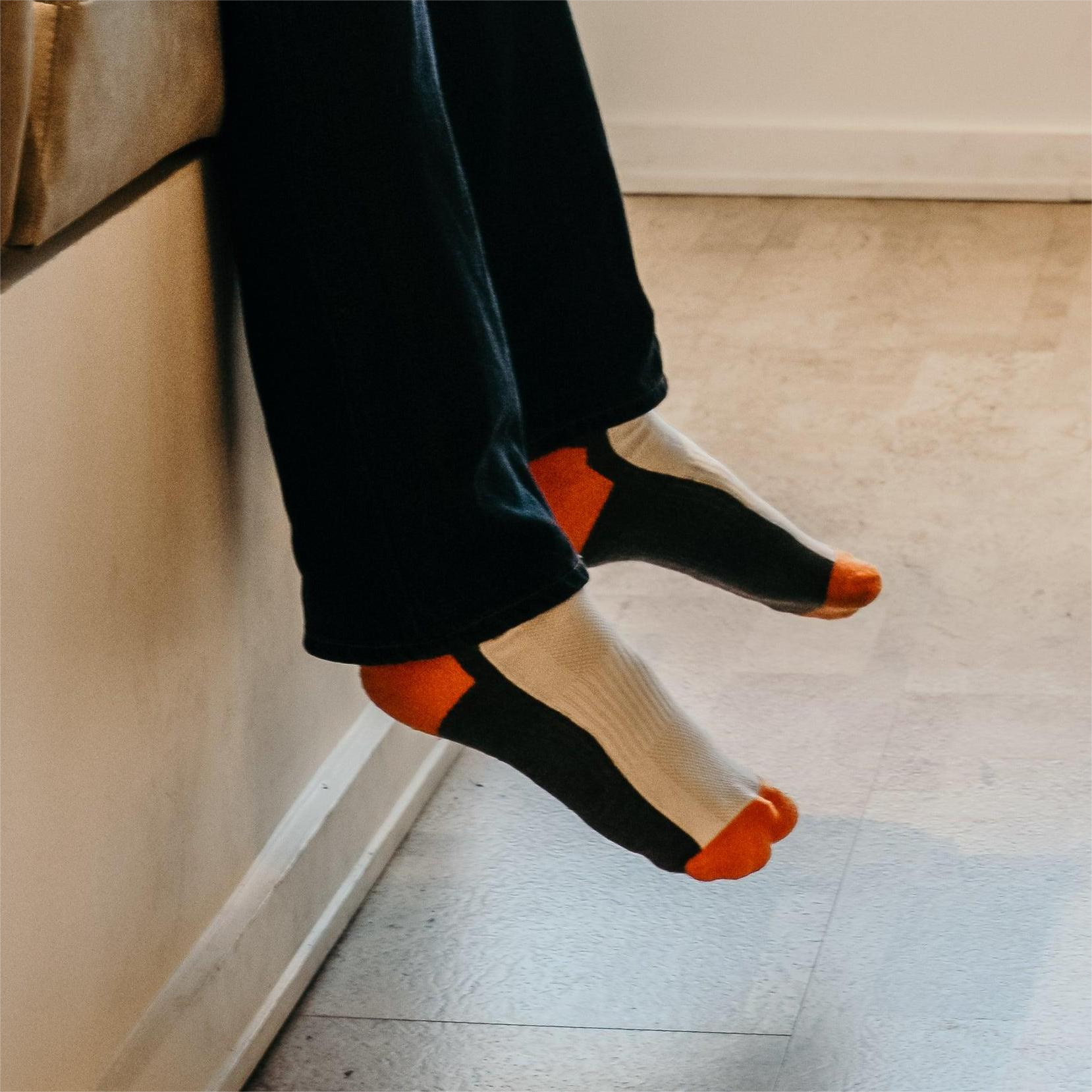Ingrown toenails, medically termed onychocryptosis, present a prevalent podiatric challenge affecting individuals across a wide demographic spectrum. This blog post is meticulously crafted to provide a comprehensive understanding of ingrown toenails, elucidating their symptoms, etiology, demographic prevalence, and management strategies.
What Constitutes an Ingrown Toenail?
An ingrown toenail is characterized by the nail's edge growing into the surrounding skin, leading to inflammation, pain, and potentially infection. It predominantly affects the hallux, or the big toe, and can significantly impair mobility and quality of life.
Recognizing the Signs of Onychocryptosis
The primary indicators of an ingrown toenail include localized pain, erythema, edema, and the potential for purulent exudate indicative of infection. These symptoms necessitate prompt clinical attention to mitigate complications.
The Pathogenesis of Ingrown Toenails
Ingrown toenails may result from improper nail-trimming techniques, constrictive footwear, genetic predisposition to curved nails, trauma, or repetitive activities that increase pressure on the toes. Understanding these factors is crucial for both prevention and treatment.
While comprehensive prevalence data stratified by age and gender for ingrown toenails is not readily available, anecdotal evidence suggests that lifestyle choices, such as footwear fashion trends, may influence incidence rates among different demographics.
Clinical Approaches to Treating Onychocryptosis
Treatment modalities range from conservative measures—such as warm soaks, appropriate footwear, and oral antibiotics in the case of infection—to surgical interventions for recalcitrant cases. Patient education on proper nail care is an integral component of management.
Proactive Prevention of Ingrown Toenails
Preventive strategies emphasize the importance of correct nail-cutting techniques, choosing well-fitted shoes with ample toe room, and maintaining foot hygiene to reduce the risk of onychocryptosis development.
Footwear Guidance: Alleviating Contributory Factors
Shoes that accommodate the natural shape of the foot, provide adequate arch support, and feature a wide toe box are essential to prevent the undue pressure that can lead to ingrown toenails. Such footwear is not only therapeutic but can also serve as a preventive measure against the recurrence of onychocryptosis.
Conclusion
Understanding and addressing ingrown toenails requires a multifaceted approach that combines clinical acumen with patient-centered care. By integrating evidence-based practices with empathetic patient education, healthcare providers can significantly improve outcomes for those suffering from this common yet often preventable podiatric condition.







Leave a comment
This site is protected by hCaptcha and the hCaptcha Privacy Policy and Terms of Service apply.